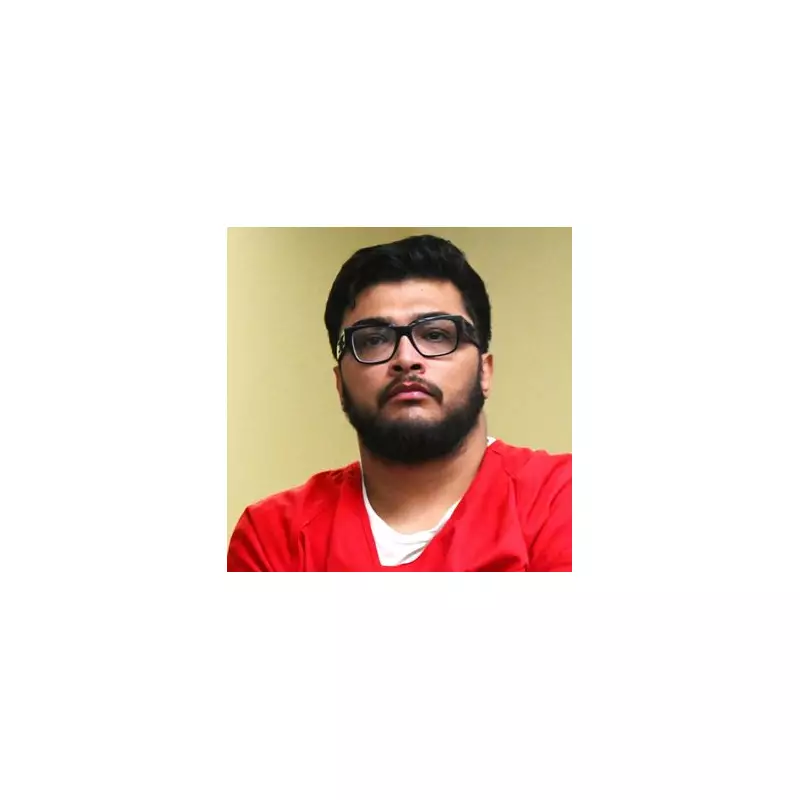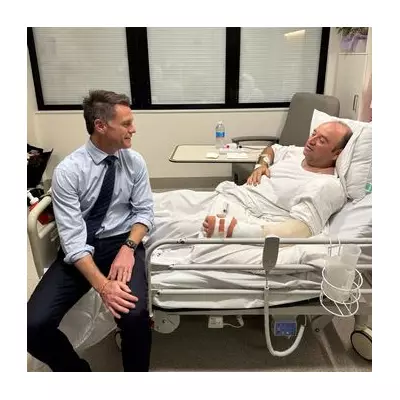
Arizona teenager Jake Haro has discovered his fate after committing a brutal attack on a defenceless homeless man that was captured on video and sparked nationwide outrage.
The 19-year-old from Phoenix received a prison sentence this week for the unprovoked assault that left his victim with serious injuries after being attacked while sleeping.
The Shocking Incident
The court heard how Haro approached the sleeping homeless man in Phoenix and launched a vicious attack without any provocation. What made the crime particularly disturbing was that Haro filmed the entire assault on his mobile phone.
In the footage, which was later obtained by police, Haro can be seen violently kicking and beating the defenceless victim while he remained asleep. The attack only stopped when the victim woke up and managed to fight back against his assailant.
Legal Consequences
Maricopa County Superior Court sentenced Haro to a significant prison term for his actions. The judge described the attack as "cowardly" and "completely unprovoked," emphasising the vulnerability of the victim who was targeted while sleeping.
Prosecutors highlighted the aggravating factors in the case, including the recording of the assault and the deliberate targeting of a vulnerable member of society. The sentencing reflects the seriousness with which the courts view such random acts of violence.
Community Impact
The case has drawn attention to the growing issue of violence against homeless individuals across the United States. Advocacy groups have reported increasing numbers of attacks on homeless people, who often lack the protection and resources available to others.
Local homeless charities in Phoenix have expressed relief at the sentencing, hoping it sends a strong message that violence against vulnerable people will not be tolerated. However, they also emphasise the need for greater protection and support for homeless individuals in the community.
The victim, whose identity has been protected, continues to receive medical treatment and support services as he recovers from both physical injuries and the psychological trauma of the attack.





